By Rob Morris

Nineteen-year-old army combat engineer Jay Rencher blinked the salt spray from his eyes, filled his lungs, and again plunged beneath the cold, roiling waves. Minutes earlier, his three-man team had slipped stealthily from a pitching landing craft into the frigid waters of the English Channel, each man burdened with a full pack, rifle, extra clips of ammunition, blasting caps, and 60 pounds of explosives.
Struggling through neck-high water, swallowed by five-foot swells every few moments, Rencher prayed he would not step in a hole and disappear forever, weighed down by his clothing and equipment. He glanced at his watch. It was a little after 5 am, eerily quiet as the darkness began to yield to the pale dawn. In the distance, he listened to the waves breaking against the rocky shore.
The date was June 6, 1944, and Rencher and his fellow demolitions experts with the U.S. First Army’s First Engineer Special Brigade, 531st Amphibious Regiment were in the vanguard of the greatest amphibious invasion in the history of the world. They had been told that the success of the invasion hinged in large part on their carefully timed work over the next few hours. They had also been told that within two hours most of them would be dead, mowed down clearing the sea approaches, the beaches, and the minefields beyond, which had been strewn with millions of mines. The squads’ failure to clear the area could quickly turn the D-Day landings into a bloody and tragic debacle. Rencher’s team was in the Tare Green Beach sector of Utah Beach, near the Normandy town of St. Mere Eglise.
Groping semi-blind in the murky waves, Rencher located the heavy two-inch-thick steel underwater cable strung to prevent amphibious landings. He surfaced, flicked the flint on his Bic lighter, and dove under again. He had already wrapped plastic explosives around the cable, attaching a cap and a five-foot fuse. Touching the flame to the fuse, gratified to see it sparking, he swam away as fast as he could. He had gone 20 feet when the cable blew, the water muting the blast. He glanced at the German sentries on the beach, but they remained impassive and unaware. But it was getting light, and it was only a matter of time before the men would be detected.
“A Wonderful Way to Fight a War” for an Army Combat Engineer
Born in 1924 into a farm family in Snowflake, Arizona, Rencher grew up with a rifle in his hand. At 14, his father charged him with killing the jackrabbits that raided the family alfalfa crop. Bullets were 50 cents a box, almost a full day’s wage, and he learned never to waste one. It paid off. Later, when he arrived at Fort Leonard Wood, Missouri, he impressed his trainers by getting the highest marksman score of any soldier up to that time, 248 out of 250.
Due to his experience in high school on a survey crew, he was assigned to the army combat engineers and shipped to England in 1943. “I figured I’d be sitting in England surveying airports and roads,” he remembers. “I was happy. I thought it would be a wonderful way to fight a war.”
Upon arrival in England, he found the Army had different plans. Rencher was assigned to the 531st Amphibious Engineer Battalion, part of the First Engineer Special Brigade, a unit that had led every major water invasion in the European Theater in World War II. The product of the Army’s need for a quick-strike amphibious force to spearhead landings in Europe and the Pacific, the unit had formed in May 1942 and shipped to England in August. Soon it distinguished itself in the landings at Arzew, Algeria, Gela, Sicily, and Salerno, Italy.
Based on its success, the 531st was assigned the task of being among the first to hit the beaches on D-Day, clearing a path for the invasion. Command pulled no punches; it was to be a suicide mission. “You are going to be cannon fodder,” Rencher remembers being told, “and most of you will be killed. We anticipate that three out of every four men will be dead within the first hour. For that reason, we are making the unit triple-strength. Each man will train with two partners, so that there will be one man to get the job done after the other two are killed.”
“We all felt like fugitives from the law of averages,” remembered one officer who had participated in all three.
Rehearsing a Rough Landing
Now 87 and retired in Idaho Falls, Idaho, Rencher admits that he should have been scared to death, but he had the blessing of youth and was unfazed. “I was 19 years old,” he chuckled, “and I thought I was indestructible. I had no wife, no children. I was happy. As far as I was concerned, it was ‘Hip-hip-hooray, here we go!’”
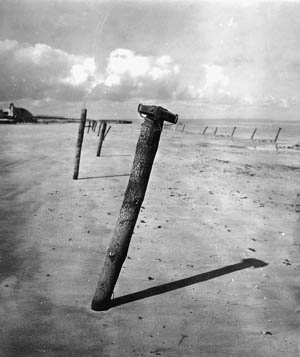
Beginning December 13, 1943, the 531st trained nonstop for the invasion. “We worked hard every day,” remembered Rencher. “We made a hundred mock invasions, just our battalion, maybe 500 men. We’d use an English beach. We’d come ashore with the battalion and practice on simulated mines laid out on the beaches.” On many of those days, as Rencher and his mates rehearsed, they noticed top brass standing on the bluffs above, watching them with binoculars, a reminder of how much was riding on their ability to disarm the terrifying array of explosives the Germans had laid in the waters and on the beaches of Normandy.
“By the time of the invasion, we knew exactly where we were supposed to go and what we had to do,” said Rencher. “Our job was to detect and disarm all the different types of mines that the Germans had in the water and on the landing beaches. They had around 20 different types. There were half a dozen mines just for personnel, as well as tank mines and water mines. Some were concrete with dynamite inside. Some came up out of the ground six feet when you set them off and exploded right in your face.”
Rencher’s three-man squad consisted of himself, Otis Hamm of Biloxi, Mississippi, and Dan Shellenberg of Youngstown, Ohio. “Hamm was the veteran,” said Rencher. “He’d made all three previous invasions. He knew how to detect and disarm everything. Shellenberg and I were only 18 when we began training, and he made us as professional as he was.”
Hamm was a tough and demanding taskmaster. He knew that his survival depended on training the two younger men to do their jobs to perfection. He hounded them, pushed them, and beat them into becoming a well-honed team. As a veteran of the three previous beach assaults, Hamm had no delusions about the deadliness of their mission. There was little room for error. “He figured, based on his experience, that he would be the one of the three of us who would not be killed and that Shellenberg and I would be killed,” remembered Rencher.
Their task required good ears, steady hands, and more than a little luck. “For each mine, we had to find the teeny-tiny detonator,” recalled Rencher. “We worked as a team. One of us had the mine detector, a disc about one foot across with a handle and a meter with a dial on it. There were earphones that would hum and the dial would tell you when it had detected metal. We had to detect each mine, we had to disarm them, and often the mines themselves were booby trapped. General [Field Marshal Erwin] Rommel had ordered 50 million mines for the beaches. At the time of the invasion, he had over 20 million of them installed.
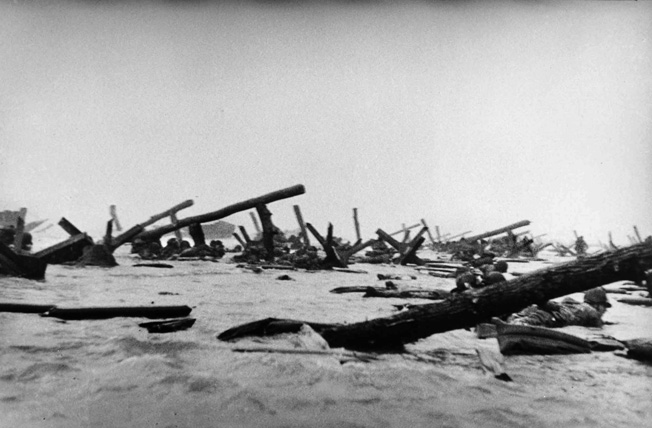
Eliminating the Beach Obstacles
“The best day for attack would have been June 5, but the weather was too rough. June 5 and 6 had the lowest tide for the next six months. The 5th was ideal and the 6th was not quite as good, but General Dwight D. Eisenhower, Supreme Allied Commander, decided to go for it on the 6th. We were loaded onto 10 LCT (Landing Craft, Tank) ships the night of June 5, and then we waited for the sea to calm. We left about 6 pm. H-Hour was at 0600, and the 531st had to land at 0500 to clear the beaches. The waves were about five feet high, and we got very seasick! In a way being seasick helped us because we couldn’t stand to stay on the landing craft any longer. About a half-mile off the beach, they loaded us into 30-man landing craft for the final approach.”
Utah Beach was eerily quiet. “I had 60 pounds of explosives in my pack, both TNT and composition explosives,” said Rencher. “The good thing about the TNT was that a bullet could pass right through it and it wouldn’t blow up. You had to have a blasting cap to detonate it. But I also had to carry those. If a bullet hit one of the blasting caps it would have detonated that 60 pounds of TNT, and I would have been completely vaporized.”
Once the two-inch cable was blown, the three-man team moved on to blow the teller mines that the Germans had put on the top of wooden posts driven into the sand. Their purpose was to blow up approaching landing craft.
“Most were below the waterline,” said Rencher. “We had to wrap plastic explosives around each post and blow it up. The Germans also had obstacles that we called ‘spiders’ [the Germans called them hedgehogs]. Each one was basically a big angle-iron sticking up that would cut up the boats as they tried to land. We blew these as well.
“During the time the 200 of us engineers were in the water, we had no fire at all from the Germans on the beach. We had no fire at all for the first hour. They didn’t see us, and they didn’t know we were there. In that first hour we knocked out everything in our assigned area, making and marking a 50-yard-wide lane for the landing craft. Each group of three men was doing the same up and down the beach.
“Once we were on the beach, on dry ground, we took two great big rolls of wire, with oak woven into it, each weighing around 300 pounds. These were carried in on Jeeps that by now had landed. We laid the contraption down and across the beach so that vehicles wouldn’t get stuck in the sand.”
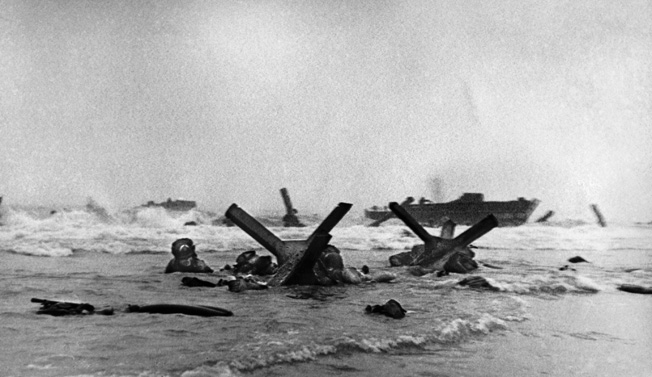
“Achtung: Minen!”
Their next objective was a minefield, conveniently marked by the occupying Germans to keep the French and their animals away. Before Rencher’s team could reach it, a German 88mm cannon and two 40mm cannons opened up on them and on the approaching landing craft, each packed with soldiers.
“These guns were terribly effective,” recalled Rencher. “I knew we had to do something about this in a hurry. Hamm and Shellenberg had about 30 pounds of TNT between them, and I had about 25 pounds left. I decided to use it all to take out the pillbox [which was delivering heavy fire]. The pillbox had 13 feet of concrete on the front side facing the sea, but only nine inches in the back. So I took the 55 pounds of TNT to the back of the pillbox, lit the fuse, ran under the nearest sand dune, opened my mouth wide, and screamed to protect myself from the concussion. There was a horrible explosion. Sand rained down on me, but luckily no concrete. I was deaf for the next 30 minutes. That was the end of that pillbox. No one survived.
“We moved across another 50 yards of sand to a plain wire fence [where a sign was posted] that read ‘Achtung: Minen!’ and began slowly clearing a 10-foot-wide section through the minefield. One man ran the mine detector and deactivated the mines. We marked the cleared area with ribbon. The other two would follow him and set each mine about two feet outside the ribbon. It was about 0600. We were being shot at now. We looked ahead, and the minefield was about 200 yards deep.
The Toll of War
“About 100 yards into the minefield, Hamm was running the detector and we’d cleared almost 100 mines. They were laid out in a pattern, about every four or five feet. Hamm motioned for me to move up and take over for him. This whole time, we had been standing up! It never occurred to us, even with all our training, that standing up made us a good target! I went up and got the detector. About five minutes later, the Germans cranked down an 88mm artillery piece so that it was aiming right at me. The first shell whistled over us and missed. The second shell landed behind me, between Otis and Dave, who were about 50 feet back.”
Rencher heard Hamm groaning and crawled back to check on his fallen comrades. Hamm had been hit badly in the legs and needed immediate medical attention. Rencher told Shellenberg to help him drag Hamm back to the aid station, which medics had set up on the beach. Shellenberg did not respond, so Rencher shook his friend. He was limp, and his helmet fell off revealing a shrapnel hole in the side of his skull. He had been killed instantly.
“Two infantrymen helped me drag Hamm back to the aid station. After we got there, I told them that they were now engineers. I showed them how to move the mines after I detected them. That’s all the training they got. But I told them to lie down; if one of us stood up we would all be killed. By this time, there were lots of men on the beach, getting killed.” Rencher and his two inductees completed their mission under heavy fire. With the minefield cleared, Rencher’s job as an amphibious army combat engineer was completed. He trudged back to Utah Beach to find out about his buddy Hamm, who had been so certain that he would be the one to survive.
“The medic told me that they had taken him to the hospital ship and amputated both of his legs,” said Rencher. “They amputated them just below the knee. Hamm was a professional baseball player. When he came to, he saw what had happened and asked what had happened to his legs. When they told him, he said, ‘What the heck does a baseball player do without any legs?’ and he turned to the wall, and he died. After the invasion, they named all the roads used by the troops and vehicles in Normandy. One of them is named Hamm and another is named Shellenberg. They were among the very first men killed on D-Day.
“The commander had been right. Before 7 in the morning on June 6, 1944, two of the three of us were dead. But we had met our objectives, which were to cut the cables, destroy the water obstacles, build a road across the sand, and clear the minefield.”
After D-Day

Because of his special training as an army combat engineer, Rencher was snatched up from a replacement depot by an armored engineer battalion, ending up with the 14th Armored Division. “I fought my way across Europe, through France, Luxembourg, Belgium, and Germany,” he remembered.
Rencher fought in the Battle of the Bulge and was the American GI who formally accepted the surrender of the Moosburg prison camp, at the time 90 miles behind the most forward enemy positions. Rencher took the commander’s Luger and Beretta pistols and his fancy sword, later giving them away because his wife did not want Nazi memorabilia in their house. A devout member of the Church of Jesus Christ of Latter-day Saints, Rencher attended Brigham Young University, where he received a degree in chemistry, and then Rutgers University, where he earned a doctorate in chemistry. After teaching a short while at Ricks College in Rexburg, Idaho, he was hired by the U.S. government to supervise the training of sailors in the new nuclear Navy. He trained more than 25,000 sailors during his career at the government facility in the Arco desert.
Married for 62 years to his wife, Louise, Rencher had, in his words, “a wonderful life,” blessed with eight children, 32 grandchildren, and 38 great grandchildren.
Rob Morris is a military historian who lives in Ammon, Idaho. He is the author of Untold Valor: Forgotten Stories of American Bomber Crewmen over Europe in World War II (Potomac Books, 2006) and several other books on World War II topics.
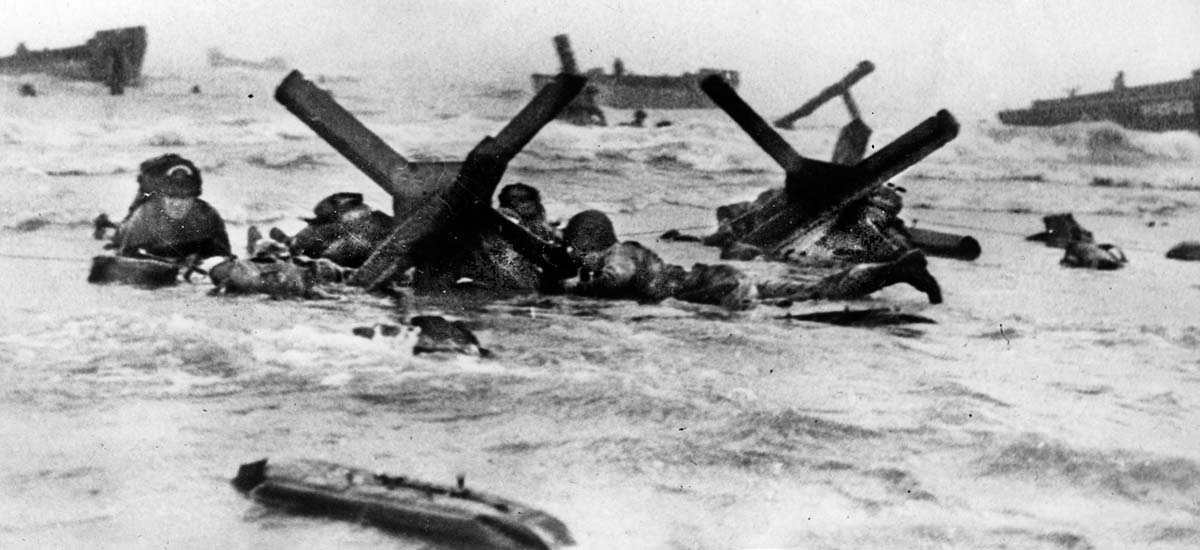
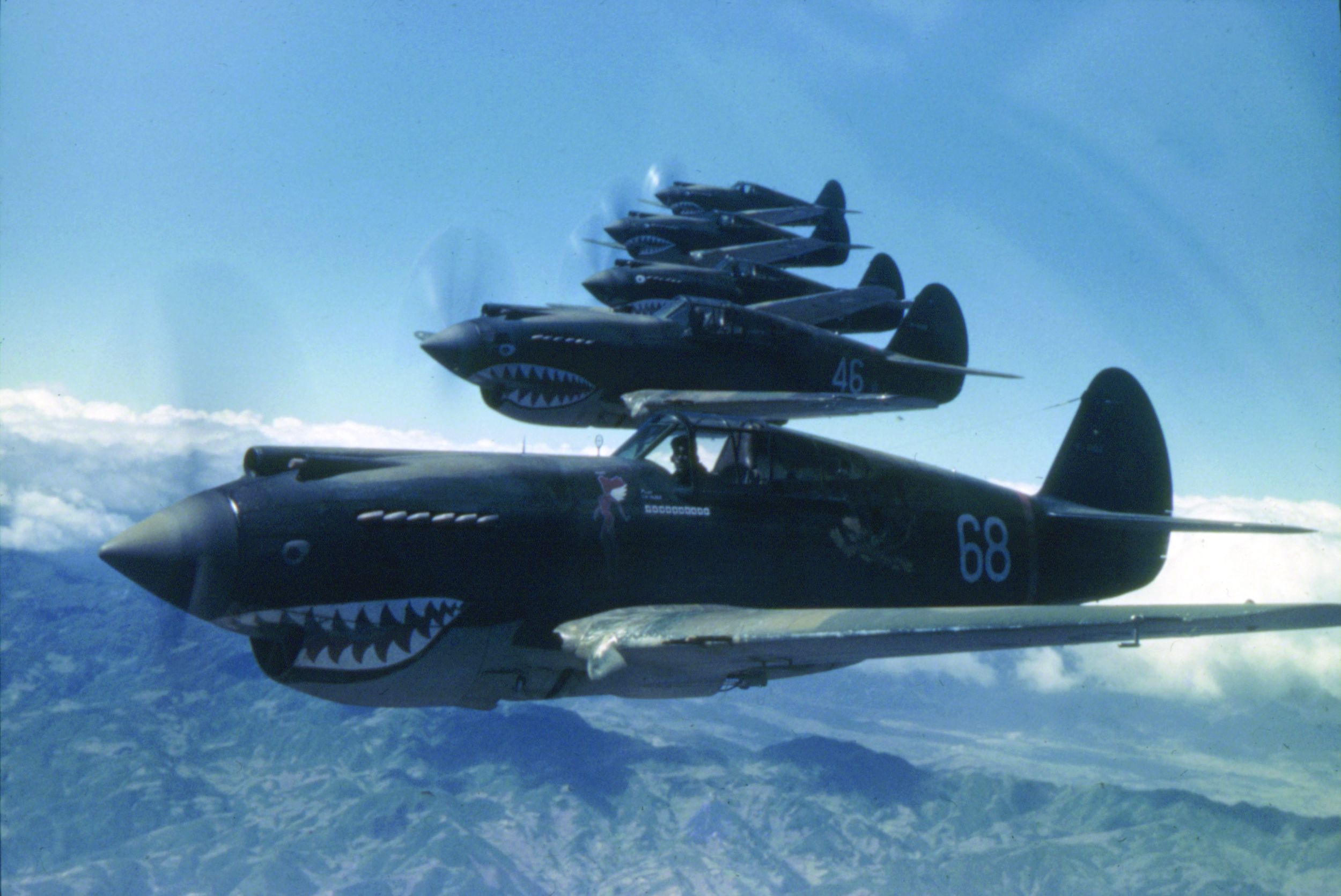
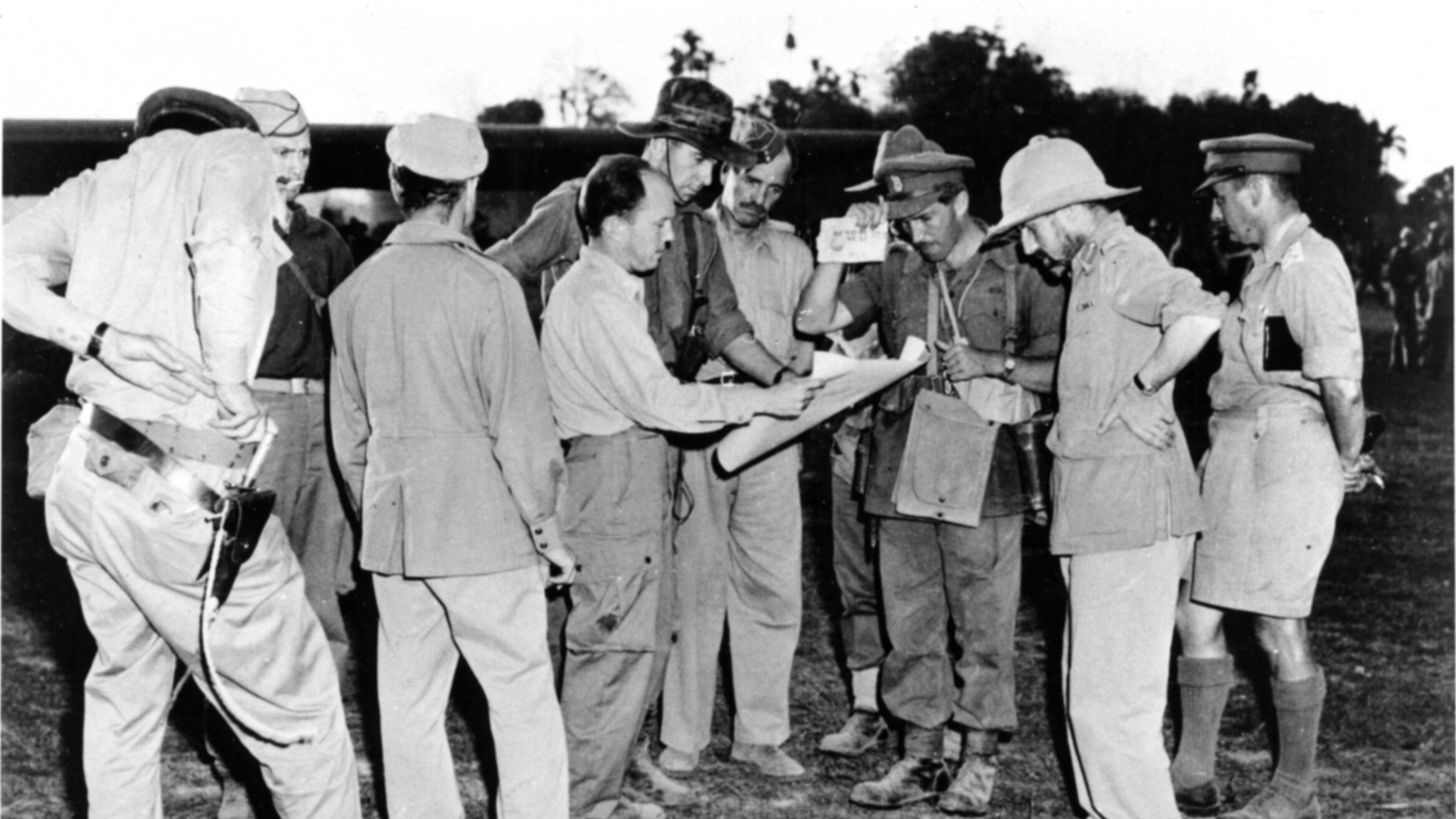

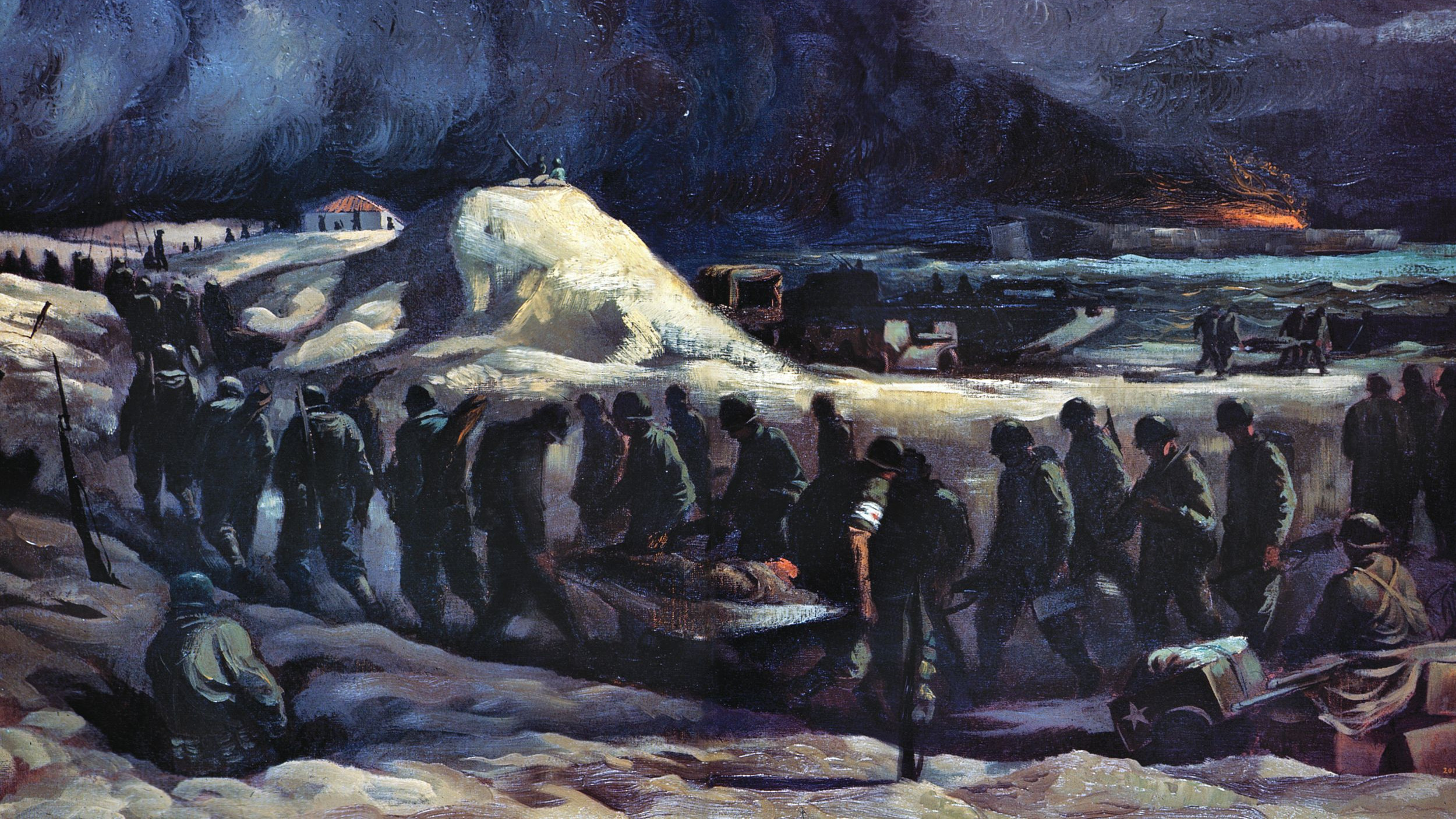
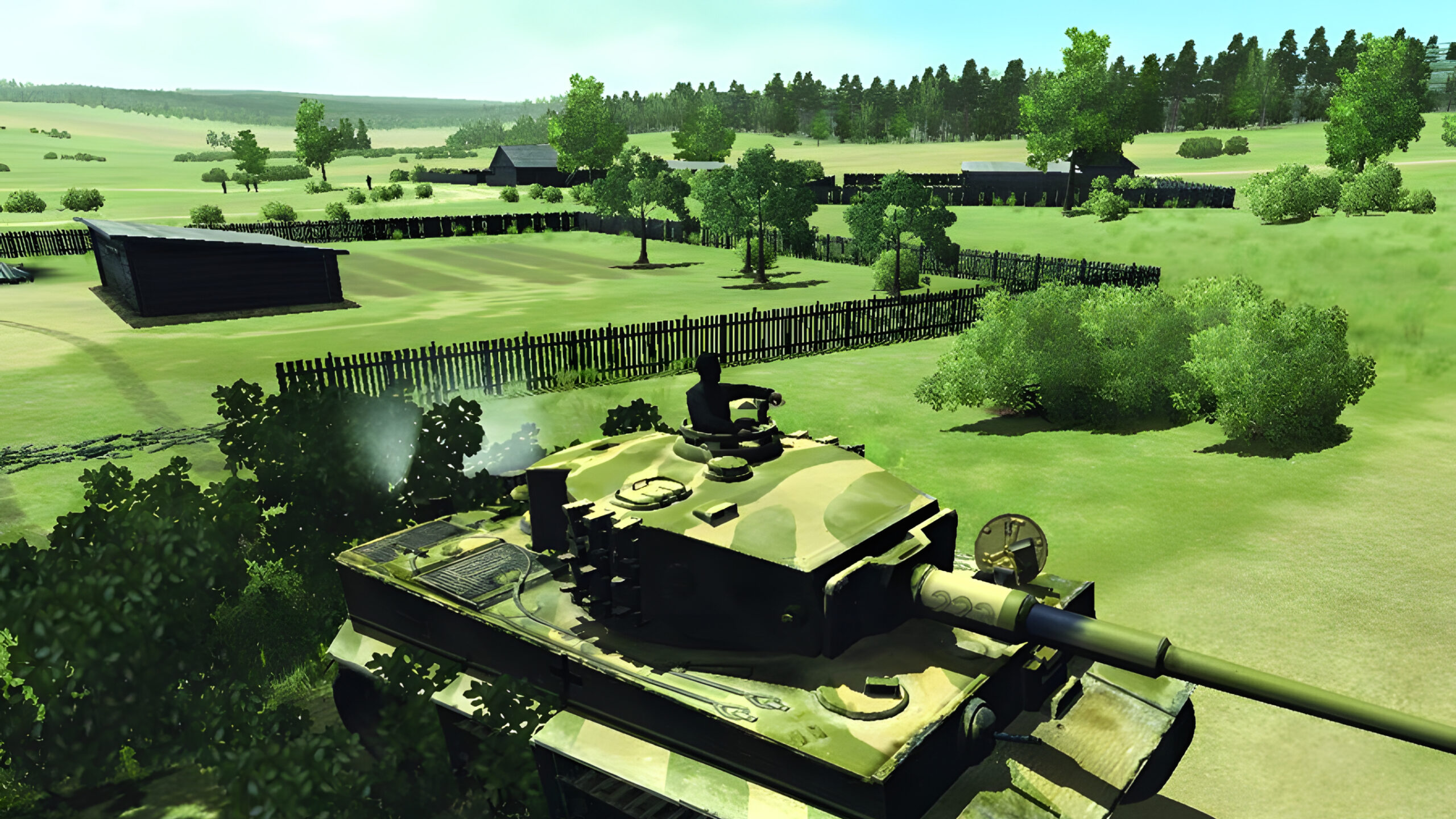
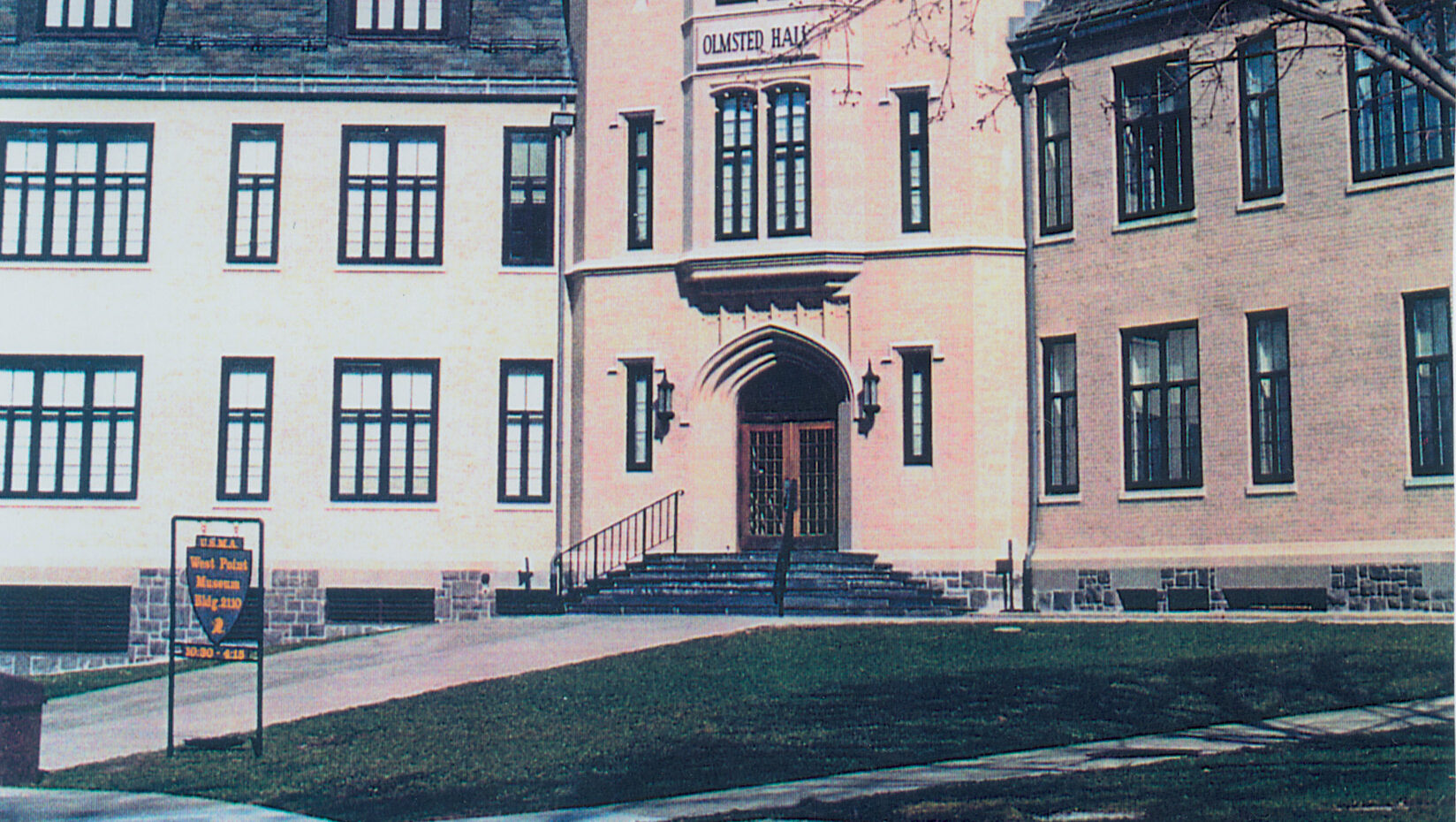

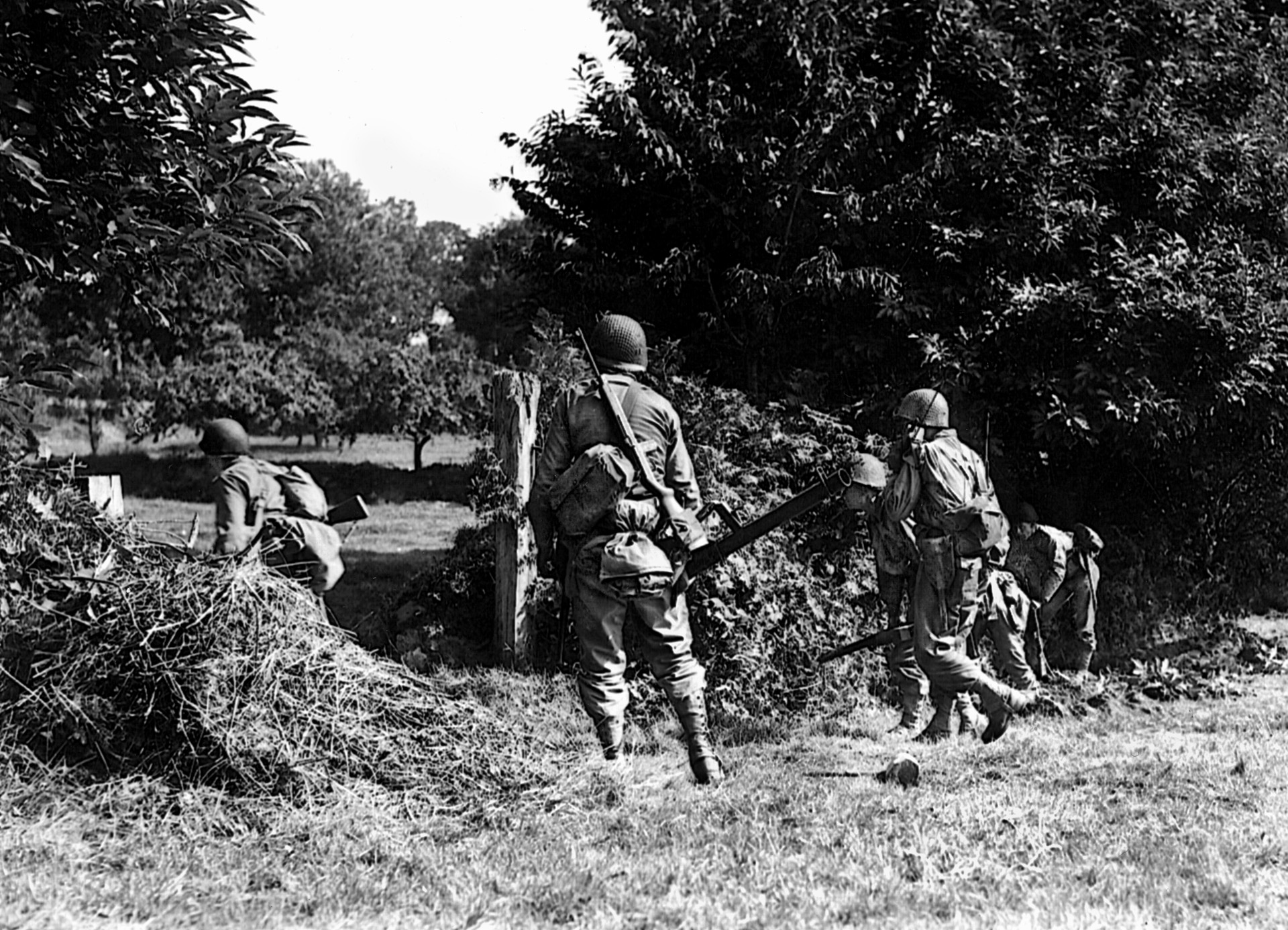
My Dad was a combat engineer-I believe he came in at Omaha Beach with the 20th CIE-he was in 9 major campaigns
Wish someone would call me-I am locating my Dads medal and ribbons and he got the CIB badge and they are refusing to send it to me out at Fort Knox-these people dont know what they are doing-call me 757-328-8949
Otis Hamm is my great-uncle. He was my paternal grandmother’s brother. My daddy, Otis Gentry, was named after him. As well as my oldest son. He is forever remembered and honored by our family.
My father was a 531st Shore Engineer. He was killed by a land mine on June 13. There is a road named for him off of Utah Beach. I’ve never been able to find any info as to why the road was named for him, so your article was very enlightening. If you have anything else you can share I’d appreciate it. Thank you so much.
Jacqueline Simmons Lier.
One small correction, there were no Bic lighters in 1944. In 1950 Marcel Bich, improving on existing designs, brought his own pen to market under the name Bic. In 1973 Bic brought the first Bic lighter to the world. Engineer Jay Rencher most likely used a Zippo or a Ronson.